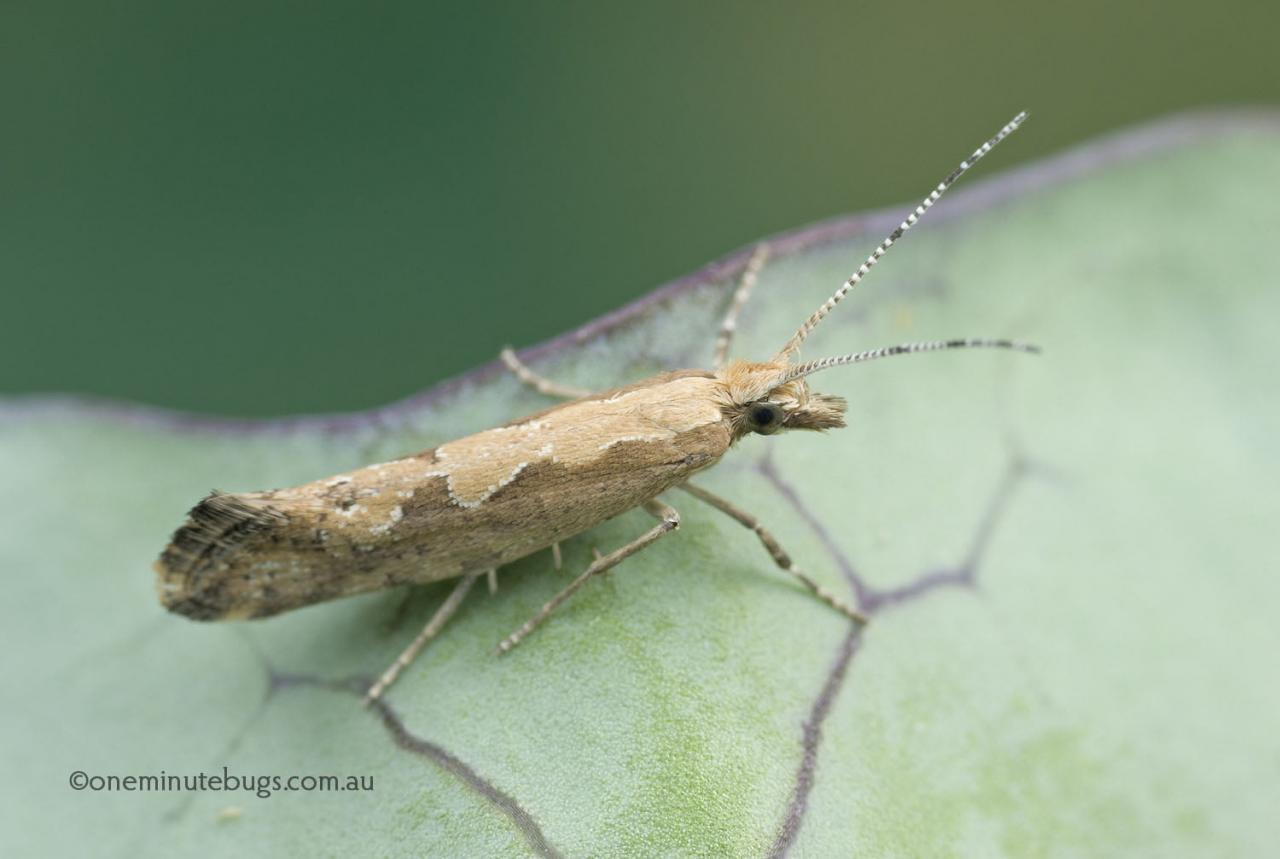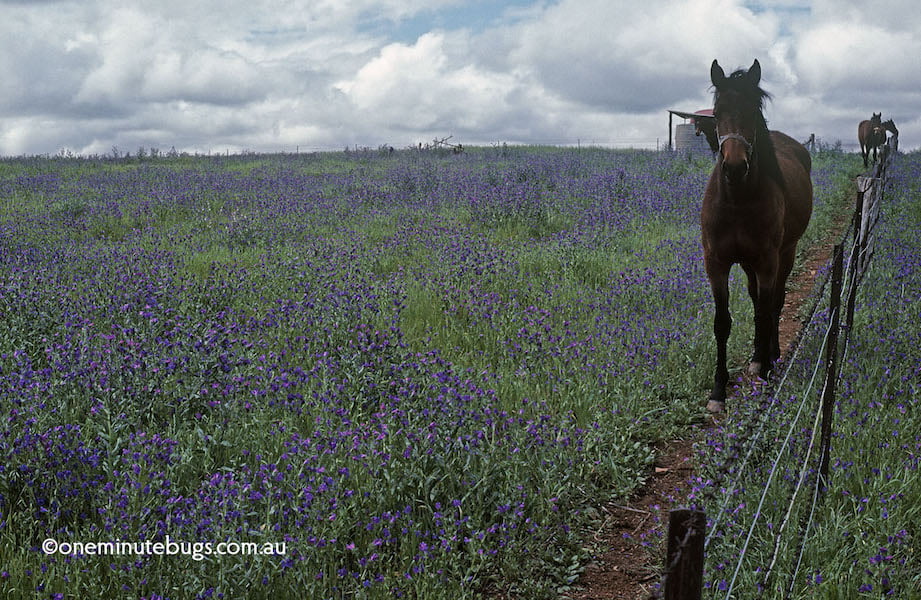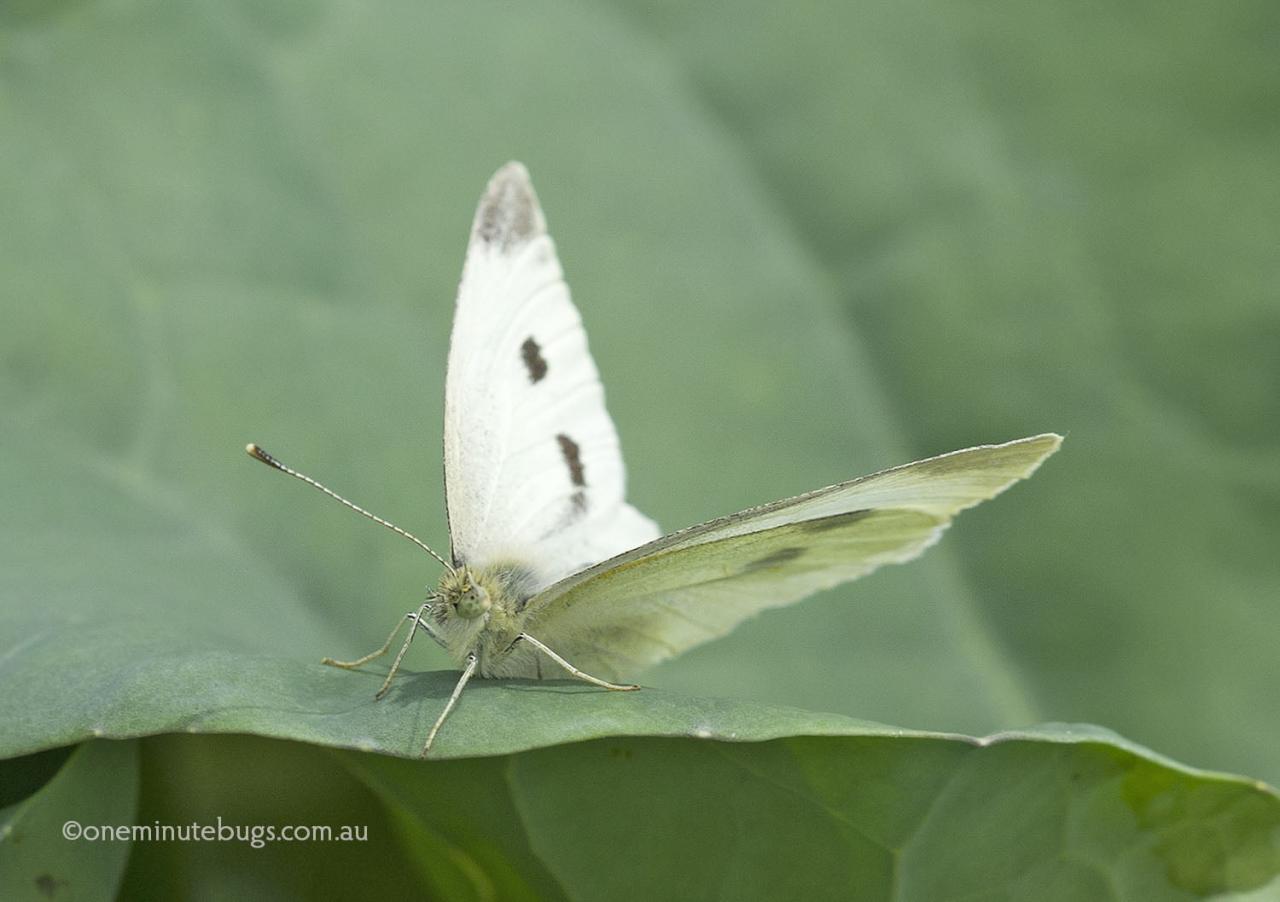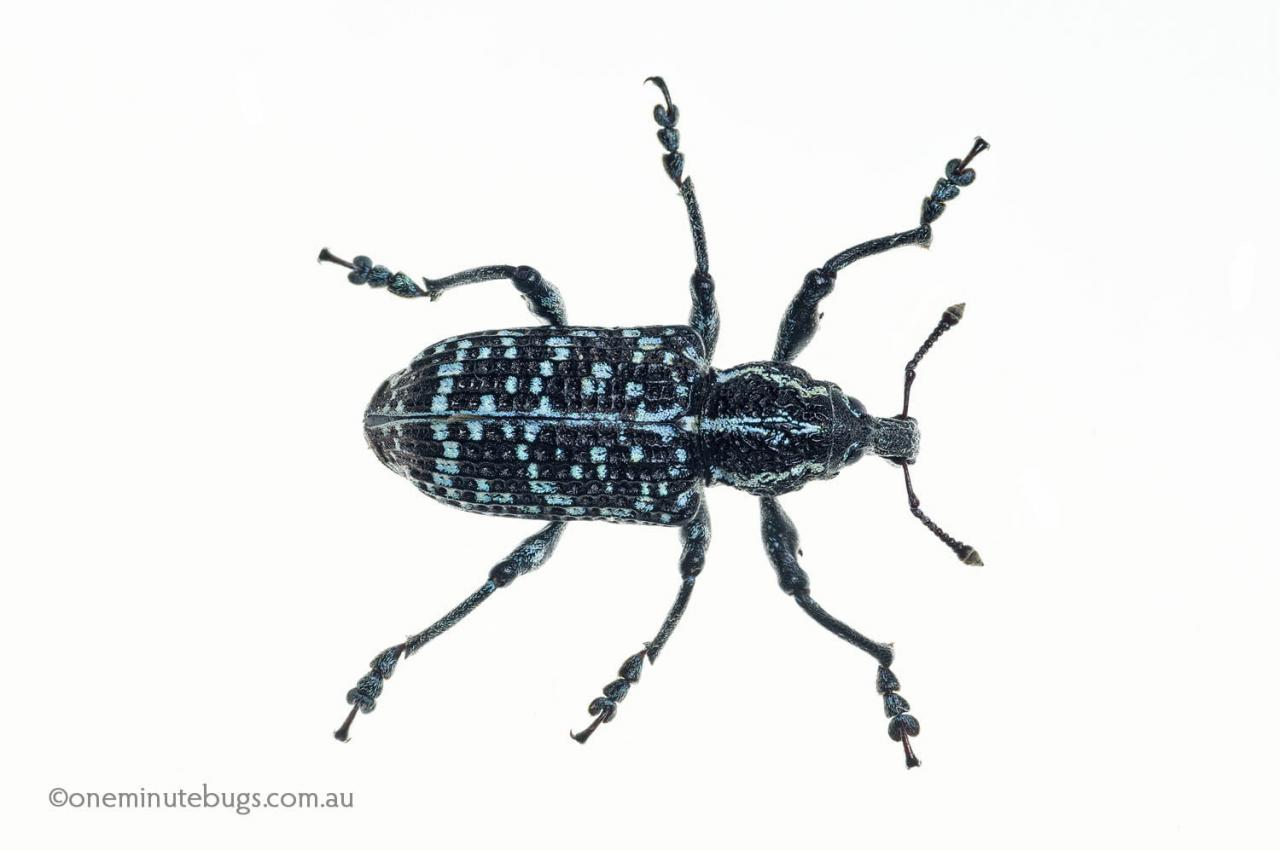What’s in a name, you might ask? A scientific name is a two-word name, which is unique to a particular organism, unlike common names where there may be several different common names for the same organism. Take the scientific name of a large American native cat, Felis concolor, for example. The cat has several common names across its range including puma, cougar, mountain lion, panther and catamount. That last common name actually describes several cats because ‘catamount’ derives from ‘cat-a-mountain’ – so it could be a lynx or it could be a puma. Confusing isn’t it?
Closer to home there is a classic example which I described in my book “Garden Pests, Diseases & Good Bugs”.
Cabbage white butterfly has just one scientific name, Pieris rapae, but here in Australia it is sometimes called cabbage moth (even in the media!), or white cabbage moth, or more bizarrely, cabbage white butterfly moth. Cabbage moth is the common name for a completely different insect. There is no confusion when it comes to their scientific names. Pieris rapae is the scientific name for cabbage white butterfly, while Plutella xylostella is the cabbage moth.

Cabbage moth (Plutella xylostella)
The plant world is also prone to common name ambiguities. The one that springs to my mind is an exotic weed which has invaded most of the southern half of Australia. Known to science as Echium plantagineum it may be commonly called ‘Paterson’s curse’ or ‘salvation Jane’ depending on which state you are from. It has a few other less used common names – the one I love is ‘purple viper’s bugloss’. Although some of these common names may be amusing, the weed itself is not. According to Weeds Australia Echium plantagineum was initially imported into Australia as an ornamental but was soon found to be invasive, competitive, and poisonous to some livestock. The book “Environmental Weeds” by Kate Blood states that the weed can produce 30, 000 seeds per square metre – that sure is invasive and competitive!

Echium plantagineum choking a horse paddock
Let’s get back to those scientific names. The first word in these two-part scientific names is the genus and it always begins with a capital letter. It is followed by the species name, which is always lowercase. Both names are usually written in italics and/or in brackets. Common names should be written in lowercase, unless the name contains a proper noun such as a person’s name. When using both common and scientific names, the common name is followed by the scientific name, which is enclosed in brackets.
This is a worldwide naming convention for all biological organisms, and this system has been around for a very long time. The system was first developed by Swedish botanist and physician, Carolus Linnaeus in the mid- 1700s. Linnaeus is known as the ‘father of taxonomy’, a branch of biology which seeks to describe, name and classify organisms. His system of naming species begins with assigning all species a two-part Latin name, a system known as binomial nomenclature.
Why Latin? It was once the universal language of scholars, and I guess it still is because it cuts across all other languages. Keeping with our example of cabbage white butterfly – it is named Pieris rapae here, Pieris rapae in Japan, and Pieris rapae in Denmark. In those countries cabbage white butterfly would have a different common name in their own language – ‘Na-no-aomusi’ (obviously written in the Japanese alphabet) and ‘lille kalsommerfugl’ respectively.

Cabbage white butterfly (Pieris rapae)
Recently, one of my Instagram followers needed an insect identified from a photograph. The insect was none other than a Botany Bay weevil (Chrysolopus spectabilis). Seeing as she was from NE Victoria she queried as to whether the weevil was way off base. Nope, just another example of a common name being rather misleading. The Botany Bay weevil is not only found around Sydney, but from coastal far north Queensland to eastern South Australia. It occurs on my property in western Victoria. The weevil is certainly common in New South Wales and the common name ‘Botany Bay weevil’ probably dates back to the colonial days of Botany Bay.

Botany Bay weevil (Chrysolopus spectabilis)
But there is more! The Botany Bay weevil belongs to an historic group of insects. One of these weevils was collected by Sir Joseph Banks on Captain James Cook’s first voyage in 1770. On his return, Banks gave the task of cataloguing his insect collection to the Danish insect taxonomist Johann Fabricius. The weevil was described in 1775, making it one of the first Australian insects described to western science. Insect taxonomists would list this weevil as Chrysolopus spectabilis (Fabricius), thus naming the person who described it. What we don’t know about this particular specimen was whether it was collected at Botany Bay in April 1770, or during July/August 1770 near present day Cooktown, or at one of several other landing points in between. The label on the specimen simply says “nova Hollandia”.
That reminds me. Insect taxonomists list cabbage white butterfly as Pieris rapae (Linnaeus). We know who that is now, don’t we? We walk in the shadow of giants!

